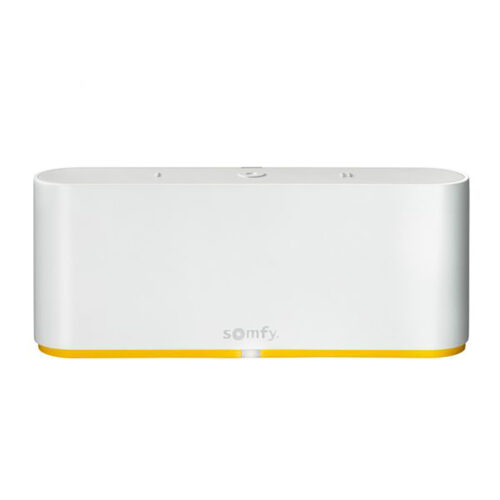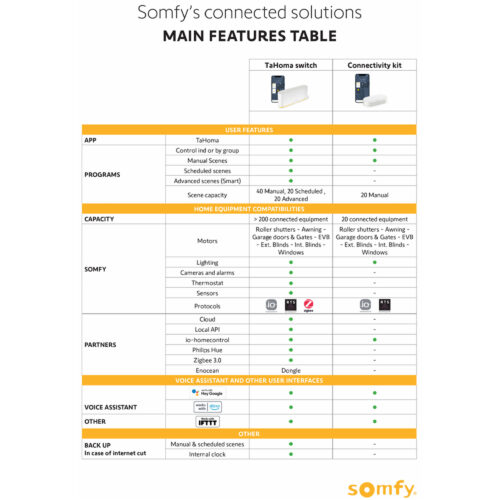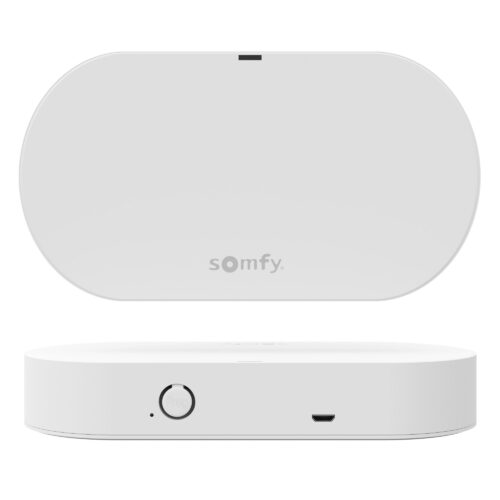
Electric blinds also known as motorised blinds are a stylish, modern solution that brings convenience and comfort into your home at the touch of a button. But how exactly do they work? In this blog, we’ll break down the ins and outs of electric blinds, what they are, how they function, the different types available, and why they might be the perfect upgrade for your windows.
What are Electric Blinds?
Electric blinds look just like traditional blinds but with one major difference: instead of adjusting them by hand, they’re controlled by a small built-in motor. The difference is hidden inside. Rather than being raised or tilted manually with cords or chains, electric blinds are powered by a small, quiet motor that automates their movement. These motors are discreetly built into the headrail or tube of the blind and allow you to open, close, or adjust the blinds with minimal effort. You can control them using a variety of methods, such as a remote control, wall switch, smartphone app, or voice assistant like Amazon Alexa or Google Assistant.
The Key Components of Electric Blinds
Electric blinds consist of a few key parts that work together to deliver smooth, effortless operation:
through smart home systems like Amazon Alexa or Google Assistant.
Motor: The motor is the core of the system. It does the heavy lifting (literally) by rotating the mechanism that raises or lowers the blinds. Modern motors are designed to be quiet, reliable, and energy efficient. They’re also compact, so they don’t affect the aesthetic of your window coverings.
Power Supply: There are a few ways to power motorised blinds:
- Battery-Powered: Ideal for retrofitting, battery-powered blinds don’t require wiring and are easy to install. Some use standard replaceable batteries, while others use rechargeable battery packs that only need charging every few months.
- Mains-Powered (Wired): These are connected to your home’s electrical system. They’re more suitable for new builds or renovations where wiring can be concealed. Mains-powered motors are especially useful for larger blinds or commercial settings.
- Solar-Powered: A solar panel sits on the window or window frame and charges a battery that powers the blind. This eco-friendly option is great for hard-to-reach windows and sunny rooms.
Control System: Electric blinds offer a wide range of control options depending on your preferences and lifestyle:
- Remote Control: The most common option, allowing you to operate the blinds from anywhere in the room.
- Wall Switch: A fixed switch provides a clean look and reliable operation, especially in shared or commercial spaces.
- Smartphone App: Connect your blinds to a mobile app for remote access, scheduling, and automation.
- Voice Control: Pair your blinds with smart home assistants like Alexa, Google Home, or Apple HomeKit for hands-free operation.
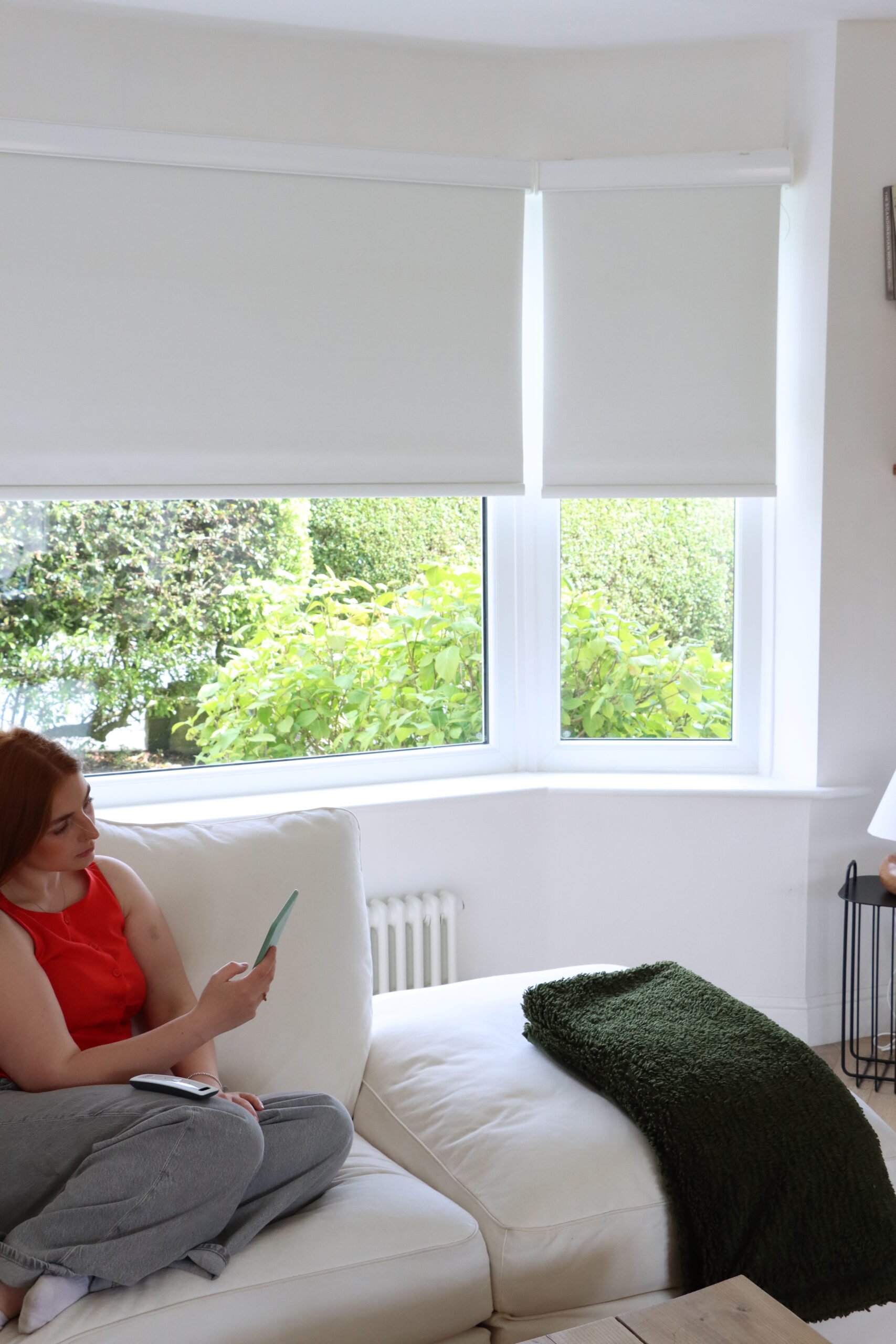
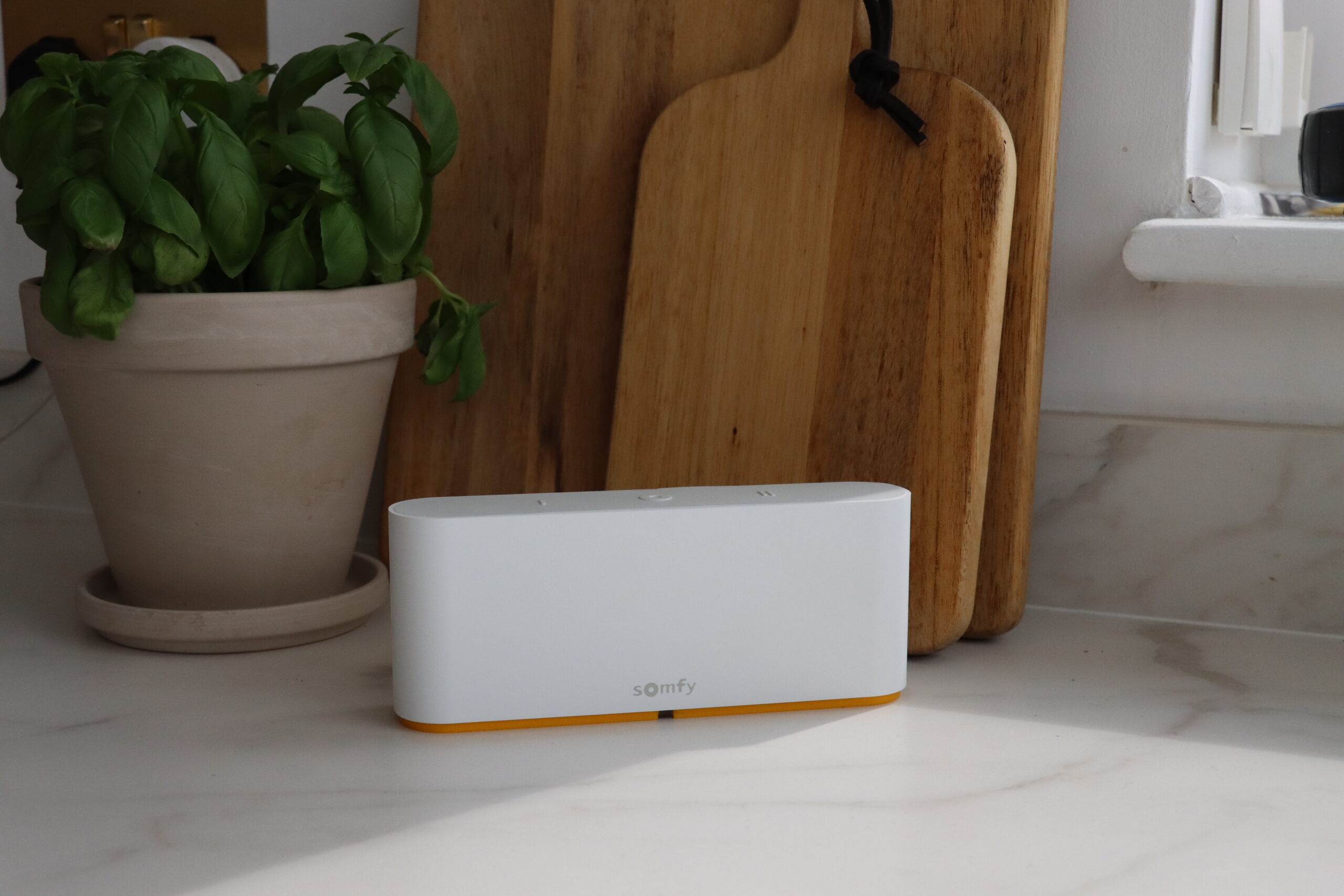
Benefits of Electric Blinds
Convenience: Whether you’re in bed, on the sofa, or away from home, you can control your blinds effortlessly. No need to reach over furniture or fiddle with cords.
Enhanced Safety: Electric blinds eliminate the need for cords or chains, making them a safer option for homes with young children or pets.
Energy Efficiency: Schedule blinds to close during the hottest part of the day in summer or open in the morning in winter to let in natural heat helping to regulate your indoor temperature and reduce energy bills.
Improved Privacy and Security: Automated blinds help maintain privacy throughout the day and create the impression that someone is home, even when you’re not, by following set schedules.
Smart Home Integration: If you already have a smart home setup, electric blinds can be easily integrated for seamless automation alongside lighting, heating, and security systems.
Smart Home Integration
If you already have a smart home setup, electric blinds can be easily integrated for seamless automation alongside lighting, heating, and security systems.
Are Electric Blinds Right For You?
Electric blinds are suitable for nearly any room and window type, from living rooms and bedrooms to kitchens and conservatories. They’re especially useful for:
Hard-to-reach windows (e.g tall stairwell windows)
Large windows or sliding doors
People with limited mobility
Anyone looking to modernise their home
While they may have a higher upfront cost than manual blinds, the added comfort, control, and long-term benefits often make them well worth the investment.
Somfy Tahoma Mini Connectivity Kit
£59.00
Most Asked Questions
Electric or motorised blinds are window coverings that operate using a built-in motor, typically housed within the headrail or roller tube. Instead of adjusting them manually, you can open, close, or tilt the blinds using a remote control, wall switch, smartphone app, or even voice commands via smart home systems like Alexa or Google Assistant. T
Yes, motorised blinds eliminate the need for cords, reducing potential hazards for children and pets.
Yes, many motorised blinds are compatible with smart home platforms, allowing control via voice commands or smartphone apps.
Battery-Powered: Rechargeable battery housed within the blind’s headrail.
Mains-Powered: Connected directly to your home’s electrical system, often requiring professional installation.
Battery-powered blinds are easy to install with basic DIY skills, as they require no wiring. Mains-powered blinds, however, usually need professional installation for safety and proper integration.
Final Thoughts
Electric blinds are more than just a luxury, they’re a practical, stylish upgrade for modern living. With simple installation options, flexible control methods, and the ability to enhance your home’s energy efficiency, they offer real value beyond their sleek design.
Explore the Range
At motorisedblinds.co.uk, we offer a wide selection of made-to-measure electric blinds to suit all styles, budgets, and control preferences. Browse our collection today and take the first step towards smarter living. Shop here.

 About Us
About Us Free Samples
Free Samples Klarna FAQ
Klarna FAQ Measuresafe
Measuresafe


